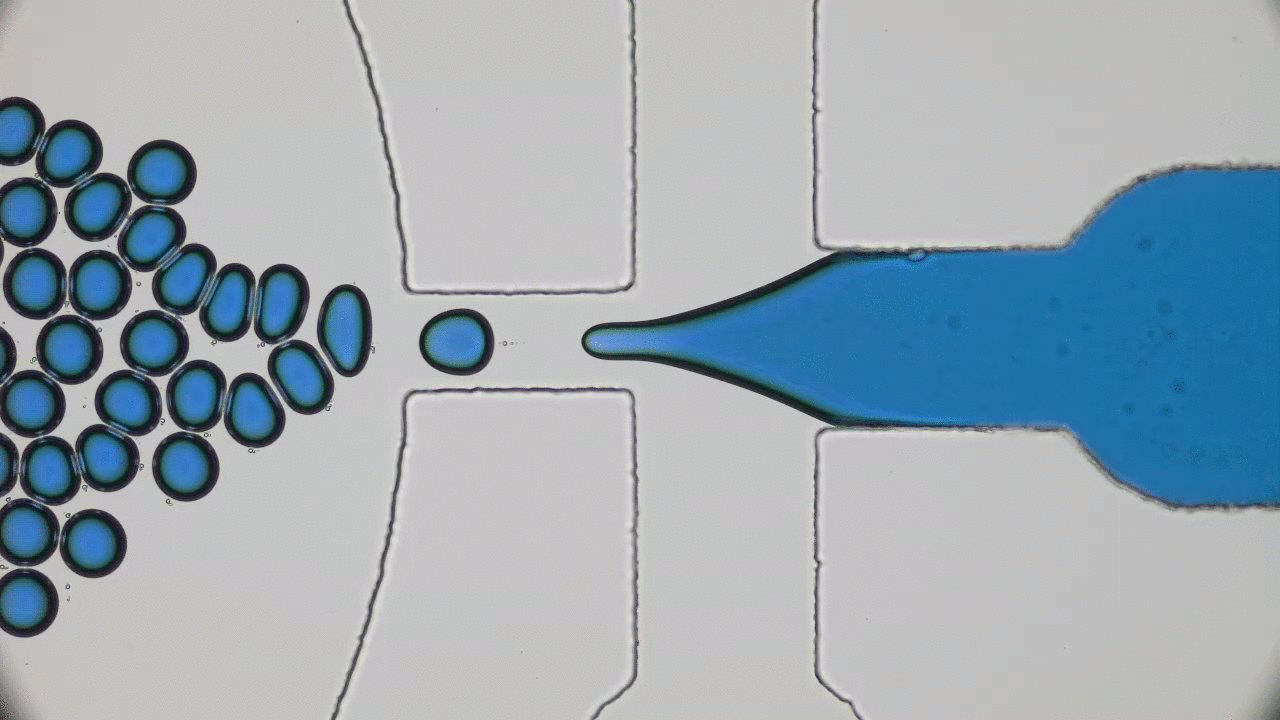ThisThough they may not realise it, anyone who’s taken the subway at rush hour knows how a red blood cell feels passing through the human spleen. Almost home now, just need to get through the gates; but wait, someone’s ticket isn’t working, the crowd is starting to push, the gates are getting jammed… Maybe you should have called a cab.
2019 MRSEC Brandeis Microfluidics summer course
If you just landed on Softbites for the first time, you probably have not had the chance to read our previous posts about microfluidics (like this one, or that one, and more). If this field of science is foreign to you, all you need to know is that it studies how fluids flow at really small scales (typically tens to hundreds of micrometers). For instance, you can quickly generate tiny droplets of a solution, turning each droplet into an individual “reactor”. Or you can create microenvironments with precisely controlled chemical concentrations to grow cells in different conditions.



